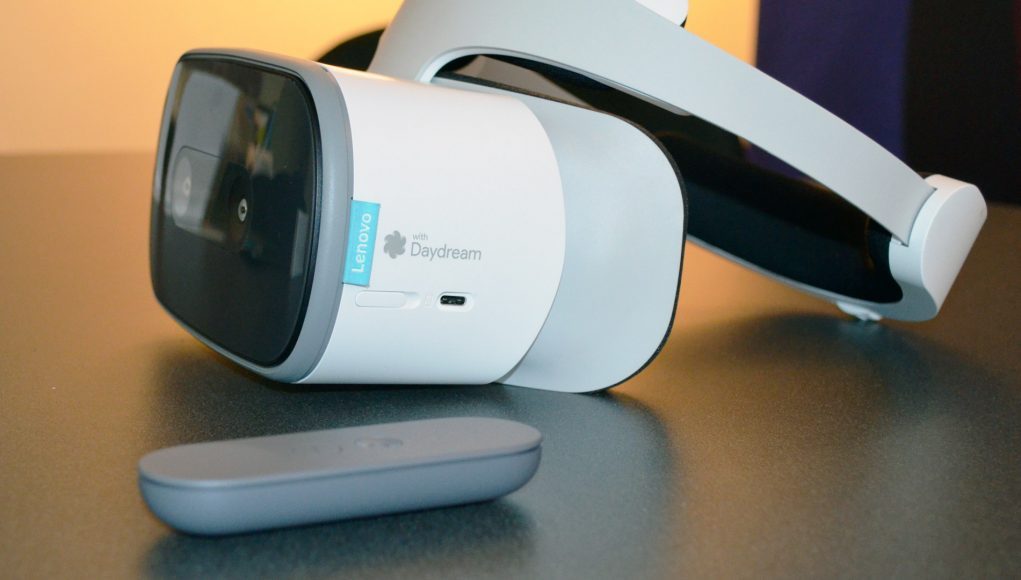Lenovo’s Mirage Solo standalone VR headset, which was announced last year and fully revealed back in January, is set to launch on May 5th, priced at $400, Lenovo tells Road to VR. The standalone headset is set to compete with the likes of the Oculus Go and Pico Neo.
Update (3/21/18, 12:10PM GMT): UploadVR reports confirmation with Lenovo that the UK launch for the Mirage Solo will happen in June. No specific UK price or more precise dates were cited.
Update (3/16/18, 1:26PM PT): Lenovo has confirmed to Road to VR that the Mirage Solo will launch on May 5th, priced at $400. Back when the headset was revealed in January, the company said they were hoping to drive the price down to a “more mainstream price point than the [$450] we shared […]”
Original Article (3/16/18): According to a product listing on retailer B&H’s website (spotted by Ubergizmo), the Lenovo Mirage Solo is expected to launch on May 11th [see update above], priced at $400. The Mirage Solo is a standalone headset (meaning it has everything on board for VR, and doesn’t rely on a docked smartphone or host PC), and it’s based on Google’s ‘Daydream’ Android VR ecosystem. The headset’s purported launch date is just a few days after Google’s annual I/O developer conference which runs from May 8th to 11th.
From time to time we see retail product listings pop up with launch dates for new products; sometimes they’re right and sometimes they’re wrong—we’ve reached out to both Lenovo and Google for comment on the purported launch date of the headset [see update above].
Back in January we got a good look at the Mirage Solo at CES 2018. We found the headset to have strong fundamentals, but wondered about the $400 price point, especially for a VR experience that still feels ‘casual’ compared to desktop and console headsets. The Mirage Solo will have to compete with the soon-to-launch Oculus Go standalone headset, which lacks positional head tracking, but is also half the cost of the Solo’s purported [confirmed] $400 price point.







